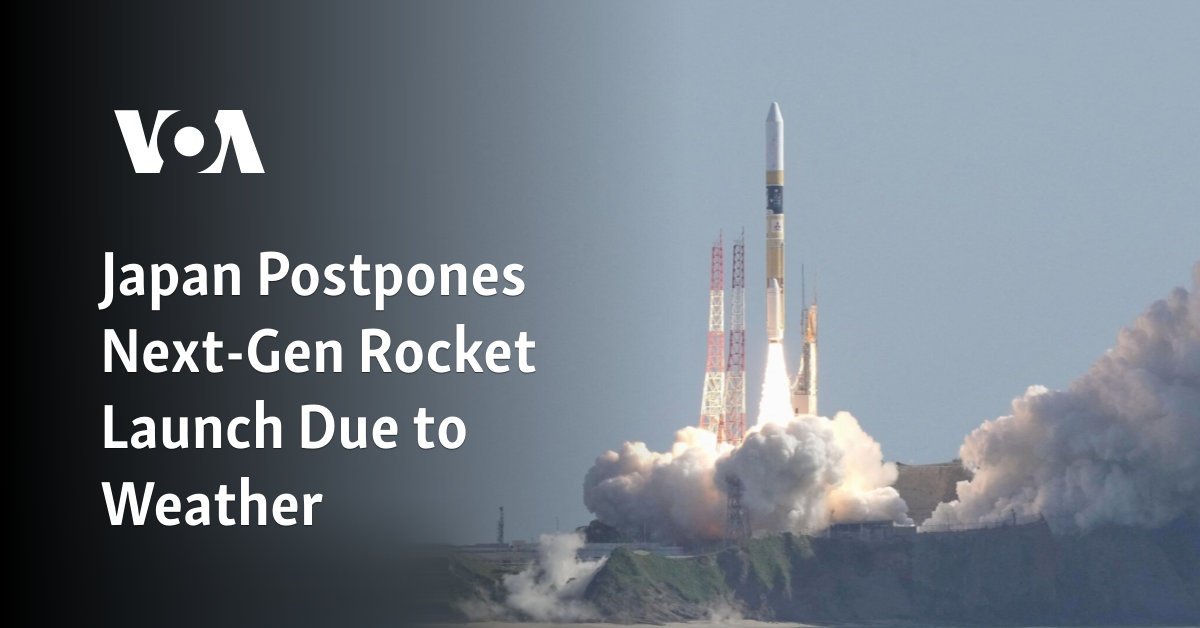In an unfortunate turn of events, Japan’s space ambitions faced another hurdle as bad weather forced the Japan Aerospace Exploration Agency (JAXA) to delay the second test-flight of its flagship H3 rocket. This postponement adds to the series of delays and challenges that have marked the H3 project, underscoring the complexities of space exploration.
Key Highlights:
- The H3 rocket’s second launch attempt was delayed due to adverse weather conditions.
- Initial attempts were marred by technical glitches, including a problem in the first stage flight control system caused by a voltage transient.
- JAXA has undertaken extensive troubleshooting and adjustments to mitigate the identified issues.
- The H3 rocket is designed to be a more cost-effective and powerful successor to the H-2A rocket, aiming to halve launch costs while enhancing payload capacity.
- The maiden flight aims to deploy the Advanced Land Observing Satellite 3 (ALOS 3) for global environmental monitoring.

The Journey of the H3 Rocket
The H3 rocket represents a significant step forward in Japan’s space exploration capabilities, aiming to enhance the nation’s competitiveness in the global space industry. Developed in partnership with Mitsubishi Heavy Industries, the H3 is designed to reduce launch costs significantly while improving reliability and payload capacity compared to its predecessor, the H-2A rocket. The development of the H3, which began in 2013, underscores Japan’s commitment to advancing its space technology and maintaining a strong presence in the international space arena.
Technical Setbacks and Resolutions
The H3’s journey to the launch pad has been fraught with challenges. The first countdown for its launch was aborted due to a malfunction in the first stage vehicle control computer, a critical issue that was later addressed by adjusting the timing of the power switch to internal controls. Moreover, the rocket’s first test flight was a failure when the second-stage engine failed to ignite, leading to the rocket’s destruction. This incident marked a significant setback, prompting JAXA to conduct thorough investigations to prevent future failures.
The Future of H3 and Japan’s Space Ambitions
Despite these setbacks, the H3 rocket symbolizes Japan’s resilient pursuit of technological advancement and space exploration. The rocket’s design incorporates several innovations, including a new, more efficient and powerful engine, upgraded solid rocket boosters, and a versatile configuration that can be adjusted based on mission requirements. With a payload capacity competitive with global counterparts like SpaceX’s Falcon 9, the H3 aims to secure Japan’s position in the commercial space launch market.
The successful deployment of ALOS 3, carried by the H3, will significantly contribute to global environmental monitoring, disaster management, and mapping efforts. This mission underscores the critical role of space technology in addressing contemporary challenges and advancing scientific knowledge.
Conclusion
The postponement of the H3 rocket’s launch due to bad weather is a reminder of the unpredictability and complexity of space exploration. However, it also highlights the meticulous preparation and resilience required to overcome such challenges. As JAXA and Mitsubishi Heavy Industries work diligently to address technical issues and prepare for the next launch window, the world watches in anticipation of Japan’s next steps in its space exploration journey. The H3 project, despite its hurdles, continues to embody the spirit of innovation and perseverance that defines humanity’s quest to explore beyond our planet.






